



Table of Contents
- Introduction to Vitrified Tiles
- Importance Of Vitrified Tiles in Modern Construction
- Types of Vitrified Tiles
- Maintenance Tips for Vitrified Tiles
- Conclusion
- Faq's
Introduction to Vitrified Tiles
Vitrified tiles, a type of ceramic tile, undergo vitrification by fusing silica and other raw materials at high temperatures, creating a non-porous, glass-like material. This process ensures exceptional durability and resistance to stains, scratches, and moisture. Known for their smooth finish, vitrified tiles come in a wide range of colors, patterns, and textures, often mimicking the appearance of natural materials such as marble and granite. This versatility makes them a popular choice for both residential and commercial spaces, offering aesthetic appeal combined with easy maintenance. Vitrified tiles are suitable for various applications, from flooring to wall cladding, enhancing interior and exterior designs with their uniform appearance and lasting quality.
Importance Of Vitrified Tiles in Modern Construction
Vitrified tiles have become a cornerstone in modern construction, revolutionizing interior and exterior design with their exceptional properties and aesthetic versatility. Here's an exploration of why vitrified tiles are crucial in contemporary building projects:
1. Durability and Longevity
Vitrified tiles are renowned for their robustness and resistance to wear and tear. Their non-porous surface prevents water absorption, making them highly resistant to stains, scratches, and chemical damage. This durability ensures that vitrified tiles retain their pristine appearance even in high-traffic areas, making them ideal for both residential and commercial spaces.
2. Aesthetic Appeal and Design Flexibility
Available in a myriad of colors, patterns, and textures, vitrified tiles offer endless design possibilities. They can authentically replicate the look of natural materials such as marble, granite, wood, and metal, providing designers and architects with versatile options to match various interior themes and preferences. Whether creating a minimalist, rustic, or contemporary aesthetic, vitrified tiles enhance the visual appeal of any space.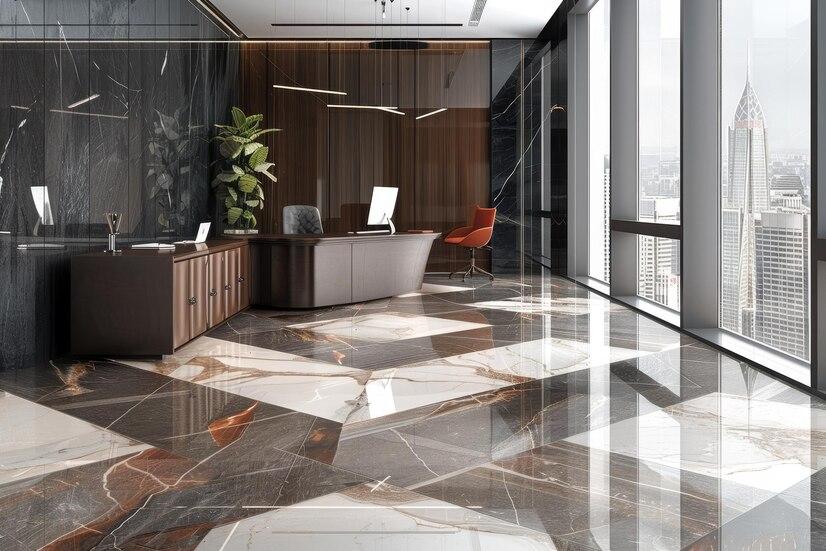 vitrified tiles design: pinterest
vitrified tiles design: pinterest
3. Low Maintenance Requirements
One of the standout advantages of vitrified tiles is their ease of maintenance. The smooth surface requires minimal effort to clean and maintain, usually only needing regular sweeping and occasional mopping with a mild detergent. This low maintenance attribute not only saves time but also reduces long-term upkeep costs, making vitrified tiles a practical choice for modern homeowners and commercial property managers alike.
4. Environmental Considerations
While the production of vitrified tiles involves high-temperature processes, advancements in technology have improved energy efficiency and reduced environmental impact. Moreover, the durability and longevity of vitrified tiles contribute to sustainability by minimizing the need for frequent replacements and reducing material waste over time.
5. Versatility in Application
Vitrified tiles are suitable for a wide range of applications within modern construction projects:
Residential Spaces: Ideal for flooring in living rooms, kitchens, bathrooms, and outdoor areas like balconies and terraces.
Commercial Spaces: Used in offices, retail stores, hotels, and restaurants due to their durability and aesthetic appeal.
Public Areas: Commonly installed in public buildings, educational institutions, healthcare facilities, and airports for their easy maintenance and longevity.
6. Technological Advancements
The introduction of digital printing technology has further expanded the design possibilities of vitrified tiles. Digital printed vitrified tiles can accurately replicate intricate patterns, textures, and designs with high precision, offering custom solutions for unique architectural and interior design requirements.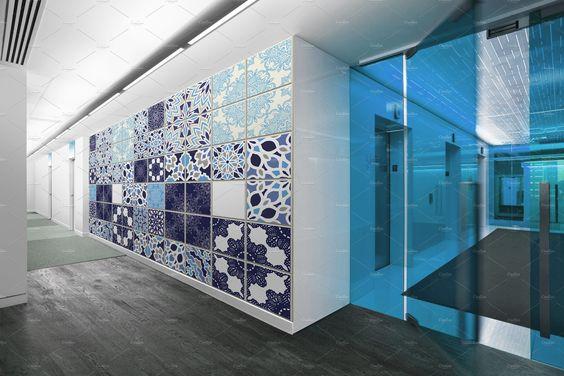 digital printed vitrified tile: pinterest
digital printed vitrified tile: pinterest
7. Cost-Effectiveness Over Time
While the initial cost of vitrified tiles may be higher than some alternatives like ceramic tiles, their durability and low maintenance requirements make them cost-effective over the long term. The minimal upkeep and extended lifespan translate into savings on replacement and maintenance costs, making vitrified tiles a prudent investment in modern construction projects.
Types of Vitrified Tiles
Full Body Vitrified Tiles : Uniform color and texture throughout the entire tile thickness.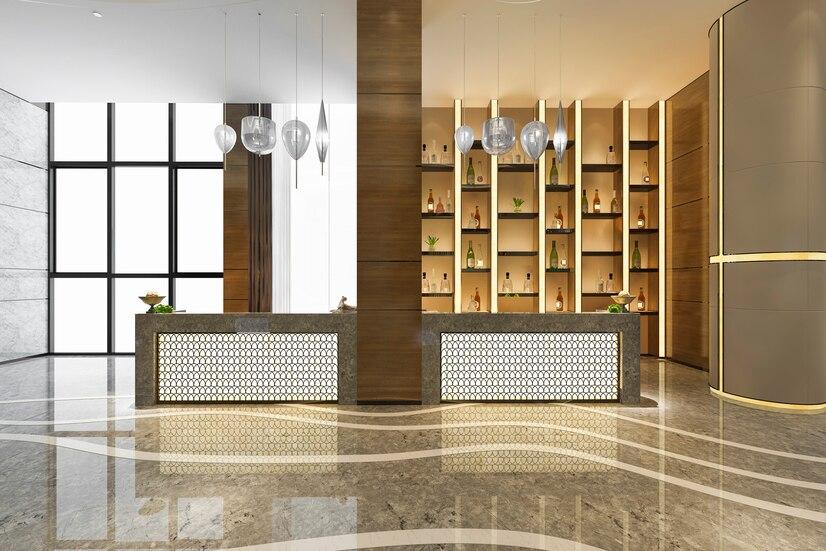 Full Body Vitrified Tiles : pinterest
Full Body Vitrified Tiles : pinterest
Double Charge Vitrified Tiles : Two layers of pigment applied during manufacturing for durable, intricate designs.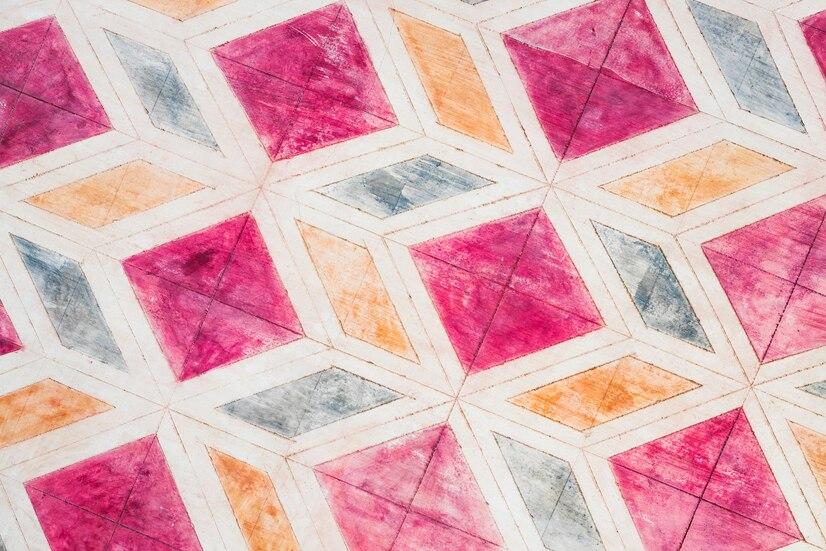 Double Charge Vitrified Tile : pinterest
Double Charge Vitrified Tile : pinterest
Glazed Vitrified Tiles (GVT) : Coated with glaze for varied designs and glossy finish.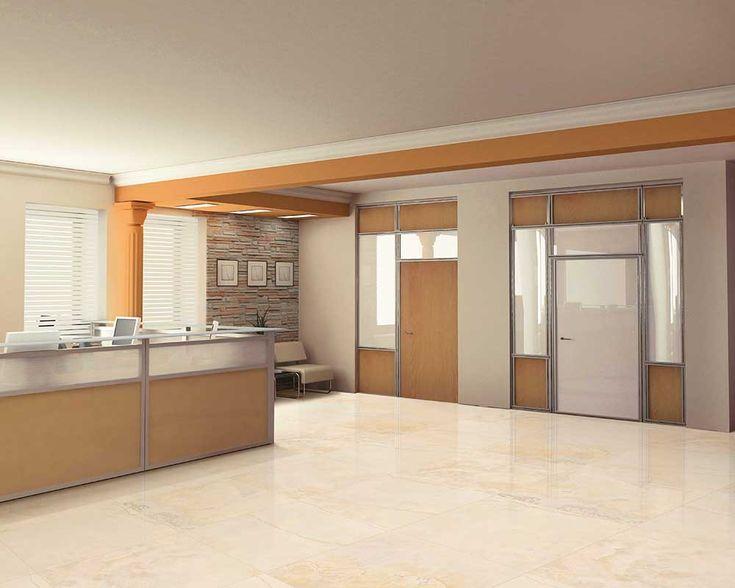 Glazed Vitrified Tiles : Pinterest
Glazed Vitrified Tiles : Pinterest
Soluble Salt Vitrified Tiles : Colored salts applied before firing, cost-effective with various color options.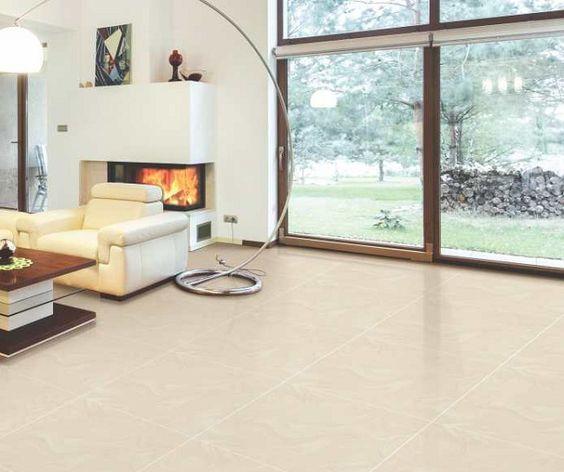 Soluble Salt Vitrified Tiles: Pinterest
Soluble Salt Vitrified Tiles: Pinterest
Polished Vitrified Tiles (PVT) : Polished for a glossy, reflective surface, stain-resistant and luxurious.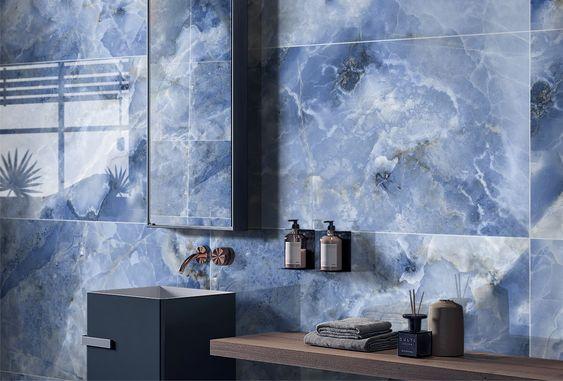 Polished Vitrified Tiles: Pinterest
Polished Vitrified Tiles: Pinterest
Maintenance Tips for Vitrified Tiles
Maintaining vitrified tiles is relatively straightforward, ensuring they retain their beauty and durability over time. Here are essential maintenance tips:
Regular Cleaning:
Sweep or vacuum regularly to remove dust and debris, which can scratch the tiles.
Mopping:
Use a damp mop with a mild detergent solution or a specialized tile cleaner to clean the tiles periodically.
Avoid Harsh Chemicals:
Avoid using abrasive cleaners, acids, or bleach as they can damage the tiles and grout.
Grout Care:
Keep grout lines clean by scrubbing gently with a soft brush and mild cleaner. Seal grout annually to prevent staining.
Stain Removal:
Promptly clean up spills, especially from colored liquids like wine or juices, to prevent stains.
Protection from Furniture:
Use felt pads under furniture legs to prevent scratching when moving furniture.
Avoid Heavy Impact:
Protect tiles from heavy impact or dropping heavy objects to prevent chipping or cracking.
Regular Inspection:
Periodically inspect tiles for any signs of damage or wear and address issues promptly.
Use Mats and Rugs:
Place mats or rugs at entryways to trap dirt and moisture before it reaches the tiles.
Professional Cleaning:
Consider professional cleaning and sealing every few years to maintain the tiles' luster and protective sealant.
Conclusion
In conclusion, vitrified tiles stand out as a versatile and durable flooring option, offering numerous advantages in modern construction and interior design. Their non-porous surface, coupled with resistance to stains, scratches, and moisture, makes them ideal for high-traffic areas in both residential and commercial spaces.
The aesthetic versatility of vitrified tiles, available in a wide range of colors, patterns, and finishes, allows for creative expression in interior decor. Whether replicating the look of natural materials like marble and wood or featuring intricate digital prints, vitrified tiles cater to diverse design preferences and architectural styles.
Moreover, vitrified tiles require minimal maintenance compared to other flooring materials, contributing to their cost-effectiveness over time. Routine cleaning and occasional sealing of grout ensure their longevity and aesthetic appeal for years to come.
explore further
Latest from Home Buying Tips
More from Recommendations
Resources
Dwello, for every home buyer, is a way to go from 'I feel' to 'I know', at no extra cost.




